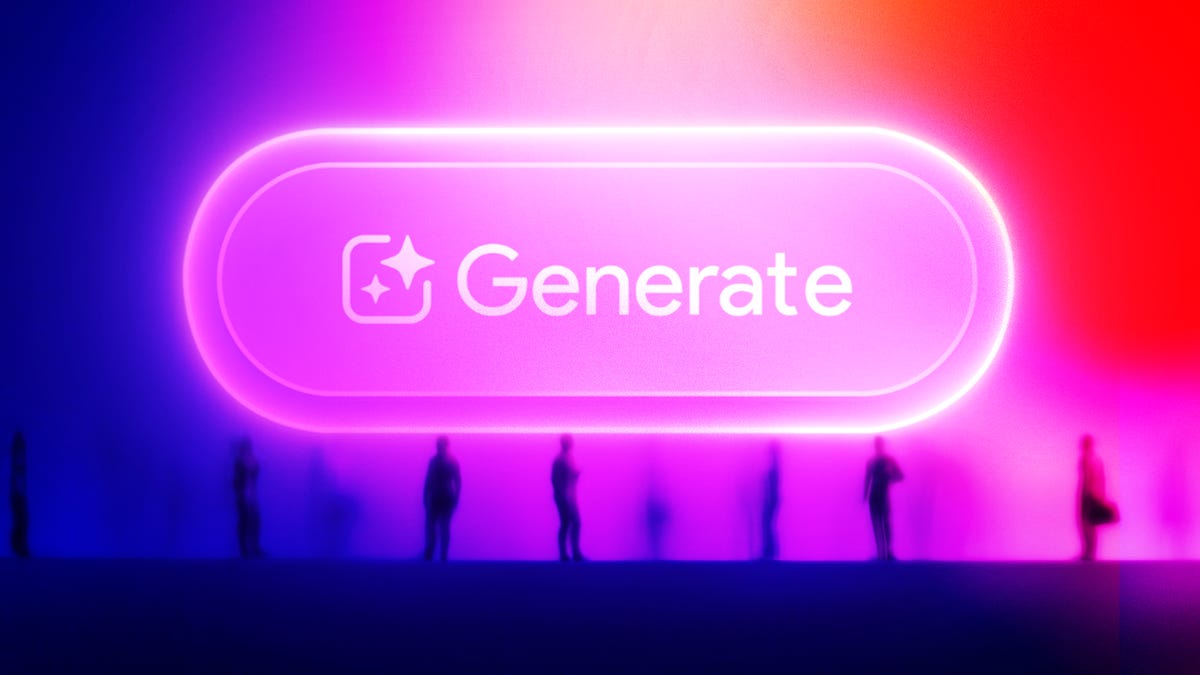AI Video Generators Surge: Overview of Sora, Veo 3, and Emerging Tools

Key Points
- Generative AI video tools now produce short clips from text or images.
- OpenAI's Sora and Google's Veo 3 are leading paid models.
- Adobe Firefly, Midjourney, Runway, Luma, Pika, and Ideogram also offer video generators.
- Typical outputs last five to ten seconds, with some supporting audio.
- Hallucinations and legal/ethical questions remain key challenges.
- The market is expanding rapidly, with both subscription and freemium options.
The generative‑AI market is expanding into video, with major tech firms releasing text‑to‑video models such as OpenAI's Sora and Google's Veo 3. These tools create short clips from prompts or images, often lasting only a few seconds, and some include synchronized audio. Other companies—including Adobe, Midjourney, Runway, Luma, Pika, and Ideogram—offer comparable services, typically on a paid basis. While the technology promises new creative possibilities, it also brings challenges like hallucinations and unresolved legal and ethical questions. The ecosystem remains fast‑moving, with many products still evolving.
Market Landscape
Generative AI is moving beyond text and static images into the realm of short video clips. Over the past two years, a growing number of technology companies have launched AI video generators that accept textual descriptions or source images and output brief animations, typically ranging from five to ten seconds. This shift marks a new wave of AI creativity, expanding the types of content that can be produced automatically.
Key Players and Offerings
OpenAI’s Sora and Google’s Veo 3 are among the most prominent models, each offering paid access to generate video from prompts. Adobe Firefly, Midjourney’s V1, and Runway also provide video generation capabilities, often bundled with their broader creative suites. Additional entrants such as Luma, Pika, and Ideogram contribute to a crowded market, each delivering their own variations of the technology.
Features and Limitations
These generators typically produce very short clips, with some models supporting synchronized audio tracks. Users input a concise description—called a prompt—or upload an image to animate, and the system renders a video using generative AI techniques. Despite impressive results, the technology is still prone to errors known as “hallucinations,” where the output deviates from the intended description. Legal and ethical considerations surrounding AI‑generated video remain largely unsettled.
Future Outlook
The rapid proliferation of AI video tools suggests continued growth and diversification. While many products are currently subscription‑based or require payment, some offer freemium tiers to attract broader audiences. Companies like Meta have hinted at future releases but have not yet provided a publicly available generator. As the ecosystem matures, developers and users alike will need to navigate the evolving landscape of capabilities, pricing, and regulatory concerns.